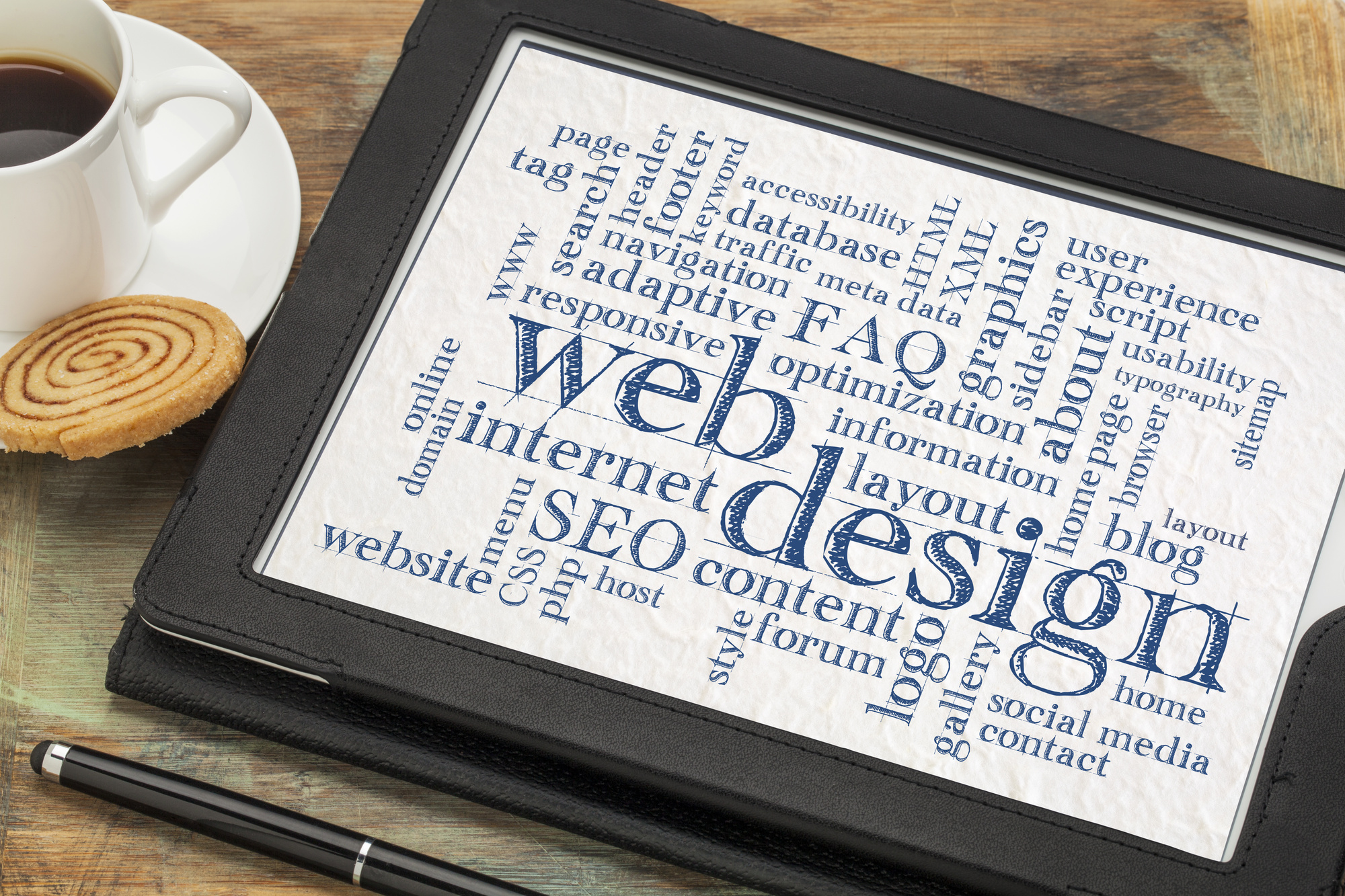Do you know how to give your site the look it needs to keep visitors around?
Some websites have it, and some websites don’t.
When it comes to designing a website, the layout is key. Web design actually affects everything from your branding to your SEO. While there’s a lot of different aspects to good web design, the layout is the one that gets the most noticed by visitors to your site.
Don’t let your site’s visitors down by offering them a sub-par visual experience. They clicked on your site for a reason: now it’s time to deliver what they want to see. In this guide, we’ll show you how to get website layout right so you can get the conversions you really want.
Keep reading to learn how it works!
1. Use White Space Strategically
When you start to tackle the problem of website layout, the white space on the page is probably the last thing on your mind. However, it’s actually one of the most important aspects of the design process.
What isn’t on the page is just as important as what’s there. Instead of trying to fit everything onto the page, try building a layout around the right amount of white space.
This space is important. It gives the eyes a break, making your site easier to read. It also highlights what’s on the page, making it stand out and look more interesting. With more white space, people will feel more relaxed and comfortable, making them more likely to spend more time on your site.
Many people associate plenty of space with high-end, luxury sites. It’s the visual equivalent of a store with minimalistic design. No matter what your product is, you can use this strategy to your advantage.
2. Choose Fonts Wisely
Your font style and design choice is another one of the most important parts of creating good website layouts.
In addition to fonts, you’ll also need to think about typography. Seemingly tiny choices can have a big impact on your site’s layouts.
A sans-serif font looks sleek and modern, while one with serifs looks professional and old-fashioned. Each approach can be good, but it all depends on the type of impression you want to give.
You’ll need to format your text for readability, by not including text blocks that are too large, or fonts that are too small. Kerning makes a huge difference in how nice your headlines look.
And don’t forget to consider the color of the font. How easy is it to read against the background color of the page?
This might seem like a lot to think about, but text is something that can make or break your layout. Make sure to make your text attractive and easy to read so that people aren’t navigating away from the page early.
3. Work with a Grid
To get the perfect layout for every page, start with a grid. Then, position elements at the right points of the grid so the page will be balanced without being cluttered.
If you’ve ever worked with print media, you’re probably familiar with this strategy. Newspapers and magazines have been building pages with a grid for decades. But there’s no reason why digital media shouldn’t do the same.
People tend to read things from left to right and top to bottom in Western cultures. You can use this to your advantage by placing important elements near the top or left side of the pages, where people’s eyes travel first.
The grid also helps you make your pages consistent. While every page doesn’t have to look the same, it’s helpful if you follow a design theme, so readers can feel relaxed and comfortable on your site, not like every page is a new surprise.
4. Consider Colors
A limited palette of colors that work well together works much better than a random assortment of different shades.
You should also consider the nature of the colors you choose. Even if you only use three colors, neons will exhaust the eye much faster than pastels will. Grayscale can be elegant and relaxing, but too much of it gets boring. The best sites choose colors wisely and use them to add focus and draw the eye to specific elements of the site.
5. Use a Focal Point
On many site pages, a specific focal point makes sense. It might be where you put an image or an important piece of text.
Then, you build the rest of the page around that point to give it maximum impact.
This helps things feel organized, not cluttered. It also ensures that you get attention on the most important parts of your page. Just make sure that the rest of the page offers some balance for the major focal point.
6. Try Repetition
People don’t want an entirely new experience with every page they click on your site. If you can repeat a theme or certain elements, you’ll have a more attractive whole.
For example, you shouldn’t be choosing different colors for every page. Instead, you’ll want a single color theme for the entire site. Likewise, you should repeat certain graphic elements, such as an abstract design placed behind a wall of text.
Think about your site like a physical space. You’re choosing decor, so you want the elements to feel connected somehow. Just like you might repeat certain colors or textures when decorating a room, you should repeat design elements strategically on your web pages.
Visit LinkNow for more tips on what makes for good web design.
Ready to Start Building a Website Layout?
The principles of good website layout design could fill a book. But, this guide gave you the most essential strategies for creating a winning website.
Once you have the visuals nailed down, it’s time to focus on the writing. Don’t miss this guide to SEO copywriting.


